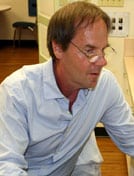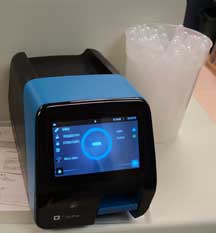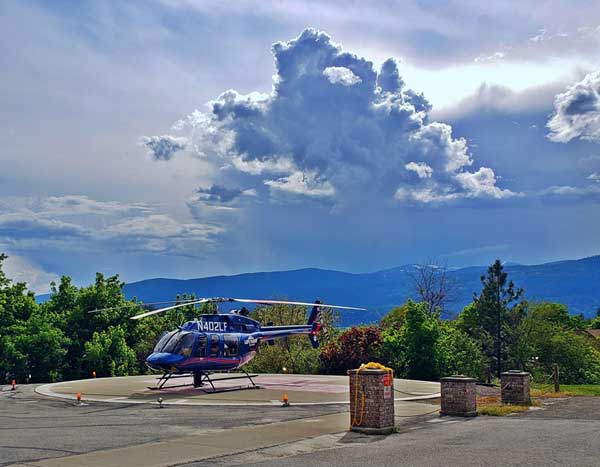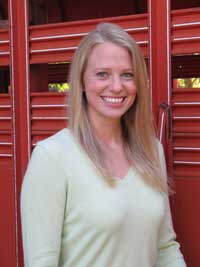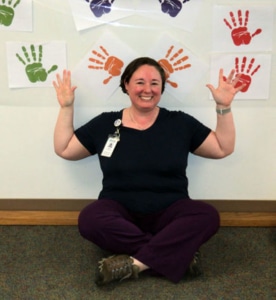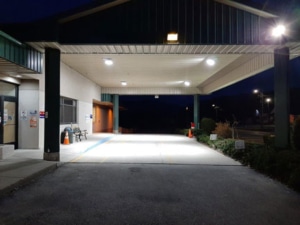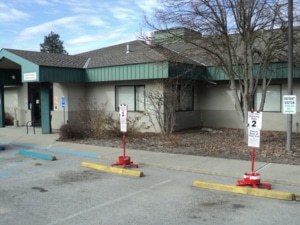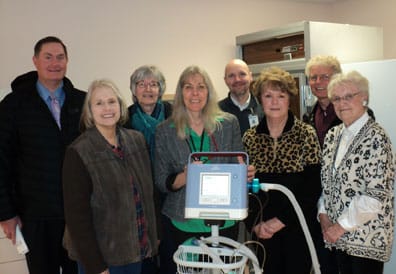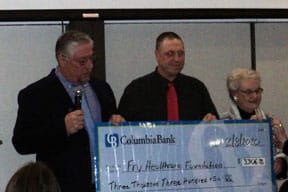Lab Testing in Boundary County Part 1
Laboratory Testing for COVID-19 in Boundary County
By: Greg Botkin, MD, Medical Director, Boundary Community Hospital
Part 1 of 2
I will try to teach this using questions and answers:
1) I am somewhat skeptical about COVID (SARS-CoV-2) tests after all the critical reports I have heard in the news. Does Boundary Community Hospital have the kind of lab tests we need for meaningful results?
I think skepticism is understandable at this point. The tests everyone had in the early months of the pandemic were of questionable reliability, and we are still not sure how accurate the published numbers were. But the world’s best biotech companies were working on the COVID problem from the beginning, and in recent weeks they have brought out technology which should be far more reliable.
Our Hospital has pushed hard to obtain these products. We have now put together a set of instruments and reagents that should be as accurate as any testing platform in the country. By the time this article is published we will have run almost three hundred tests here in our lab. The results merit a high degree of confidence. When we inform patients about the presence or absence of active disease we believe we are providing the most accurate report that medical science can now provide.
2) How were you doing COVID testing before you had in-hospital tests?
We took the nasal swab here at the Hospital, sealed it up and shipped it to the state lab in Boise, where they tested with technology supplied by the CDC. That biochemical process was developed very early in the pandemic and was far from ideal, especially if one is transporting samples from hundreds of miles away. We sent tests from about a hundred Boundary County residents; all registered negative for active disease. Some of us question the accuracy of those results. We began in-house testing as soon as we received everything we needed for solid technique.
3) There seem to be many different kinds of COVID lab tests. Why isn’t testing simpler?
It would be simple if we were counting germs in a Petri dish. This is complicated because the body’s response to an invading virus is highly complex. Part of the challenge is to make a test that targets only the SARS-CoV-2 virus. A positive test must show a reaction to SARS-CoV-2 (the COVID virus) and nothing else. And it must be sensitive enough, theoretically, to detect every sample that carries the virus.
4) Sort out the different COVID tests for us. Which one do I need?
We should draw this out on a chalk board because the molecular biology is a beautiful thing. That will have to wait. Think of it like this: if you think you might be acutely ill with COVID we need to test you for active viral presence. The virus organisms multiply rapidly in the body after one is inoculated; our tests should be able to detect viral particles about a week later, when one begins to show symptoms of infection. When the infection has run its course the virus is harder to find because your immune system has identified it and torn the viral organisms apart. There are some exceptions to this, and if you hear about individuals who test positive for months it does not mean they are harboring an active infection. It means that for some poorly understood reason our tests are still sensing viral fragments.
In our lab here we have three tests which work very well to detect active viral presence. Two of these detect the virus’ RNA (usually called a PCR test), the other detects a specific viral protein (usually called an antigen test). We need a nasal swab to run either of these tests. If we think one of our patients might be actively infected we confirm this with at least two different tests, and then we repeat the process with a second sample a few hours later. If final results are positive it means (subject to the limitations mentioned above) that you have an active COVID infection, and that you are infected now.
These tests are being run with increasing frequency in our Boundary Community Hospital laboratory. The demand may become heavy enough that we run into some logistical limitations, so if you find yourself in a slowly moving line please be patient with us.
There are pressing reasons to know which of us are carrying an active infection, and we are now capable of providing that intelligence with a reliable test that takes about thirty minutes to show results. You will need a physician’s order to have the test done here. The Hospital web site provides details about what one must do to be registered and have a sample taken by lab personnel.
5) What about antibody tests? They were supposed to answer all kinds of questions about COVID, like how far has it spread, and when can we safely go back to work, play, and school.
Antibody tests are very different from the PCR and antigen tests described above. Scientists, physicians and policy makers have great hopes that antibody testing will draw back the curtains and show us just how far this virus has invaded society. Our hospital is fine-tuning our antibody testing technology and it should be ready to serve our community very soon. I will write more about that next week.
Due to the increased number of tests requested locally, Boundary Community Hospital is limiting COVID-19 testing to 10 am to 3 pm Monday through Friday. Your provider will tell you where to park to register for the lab tests when they write the order and send it to the lab. Lab Techs will take the samples at your vehicle and send the results to your provider.

